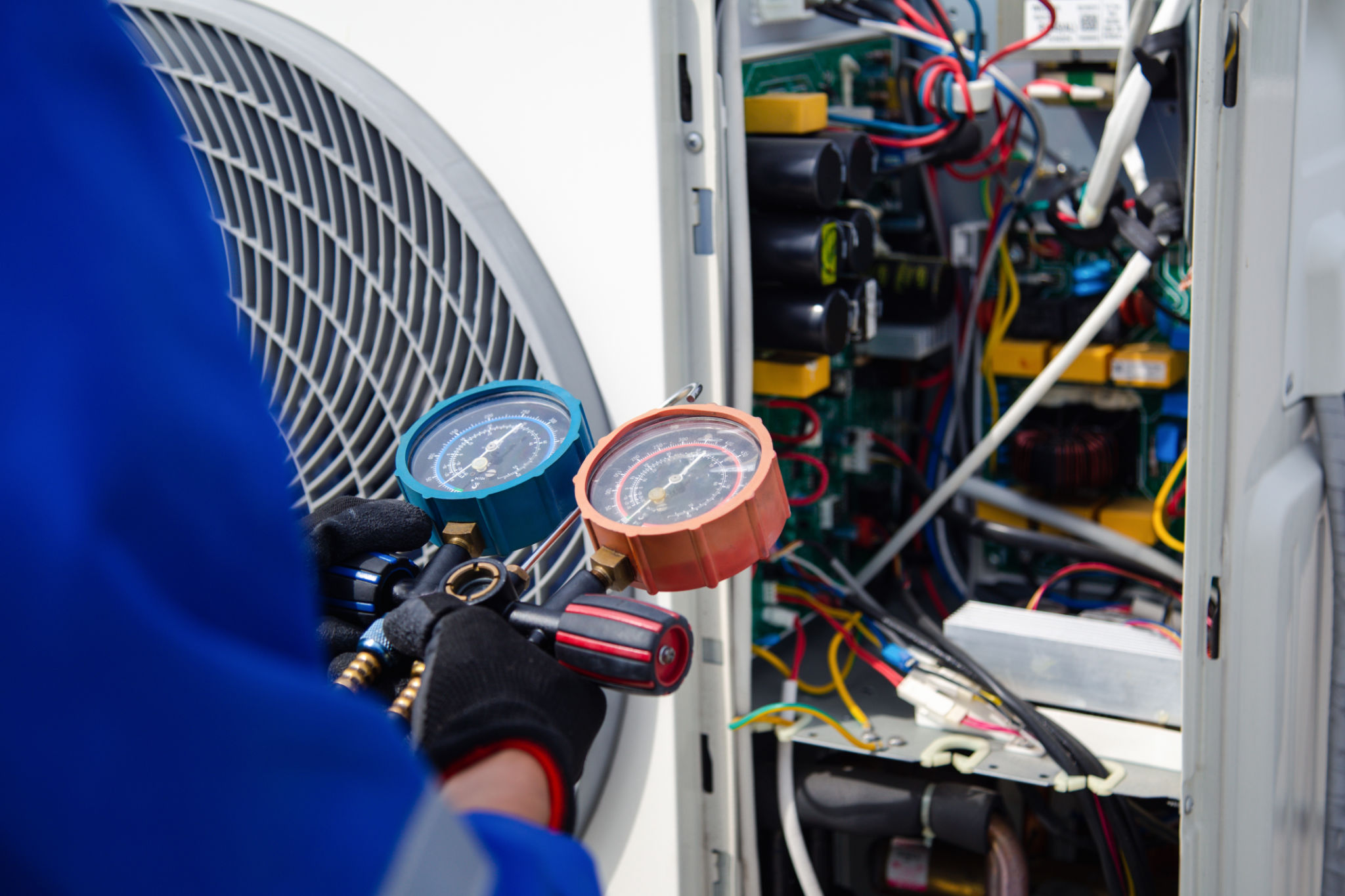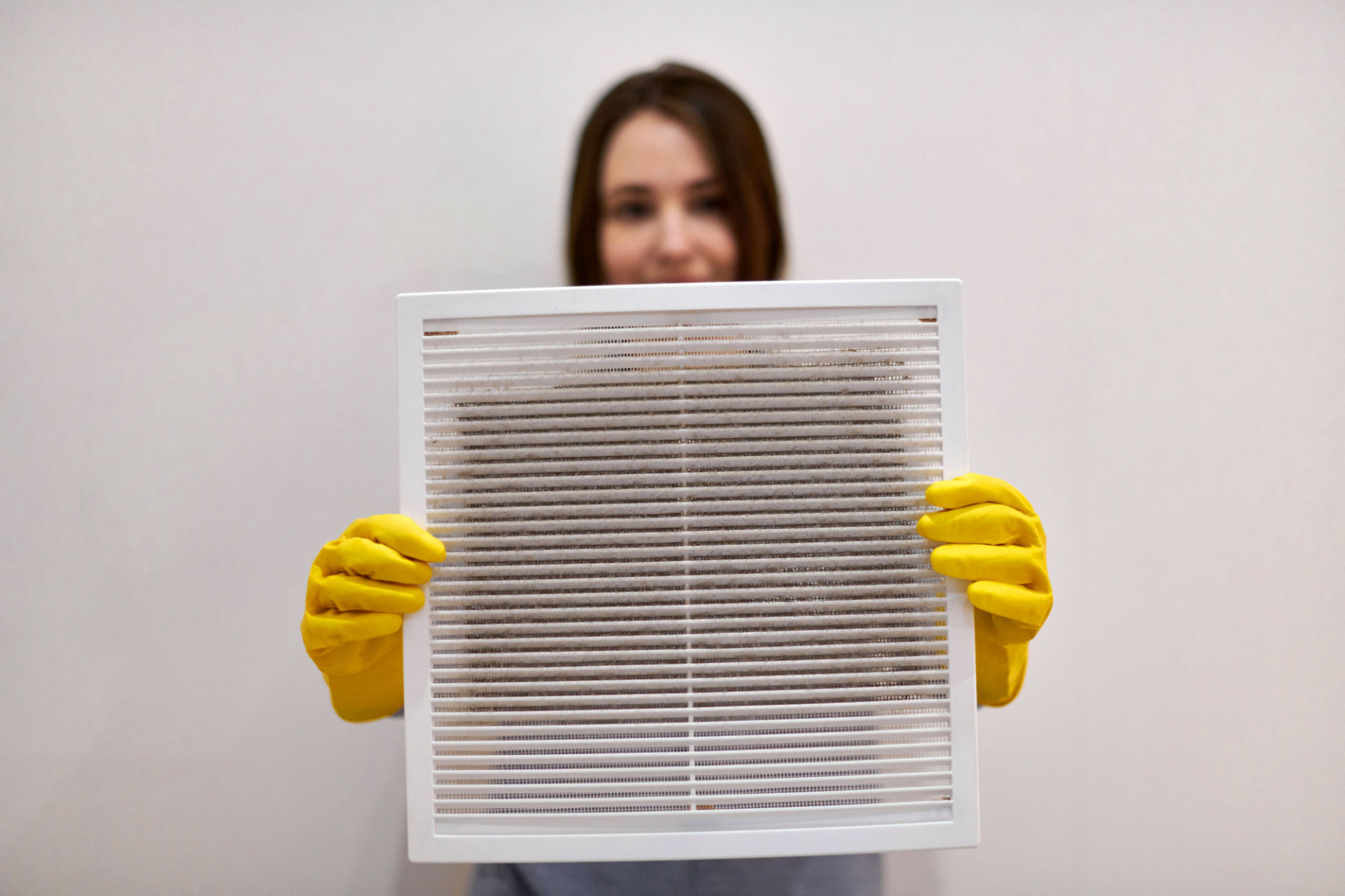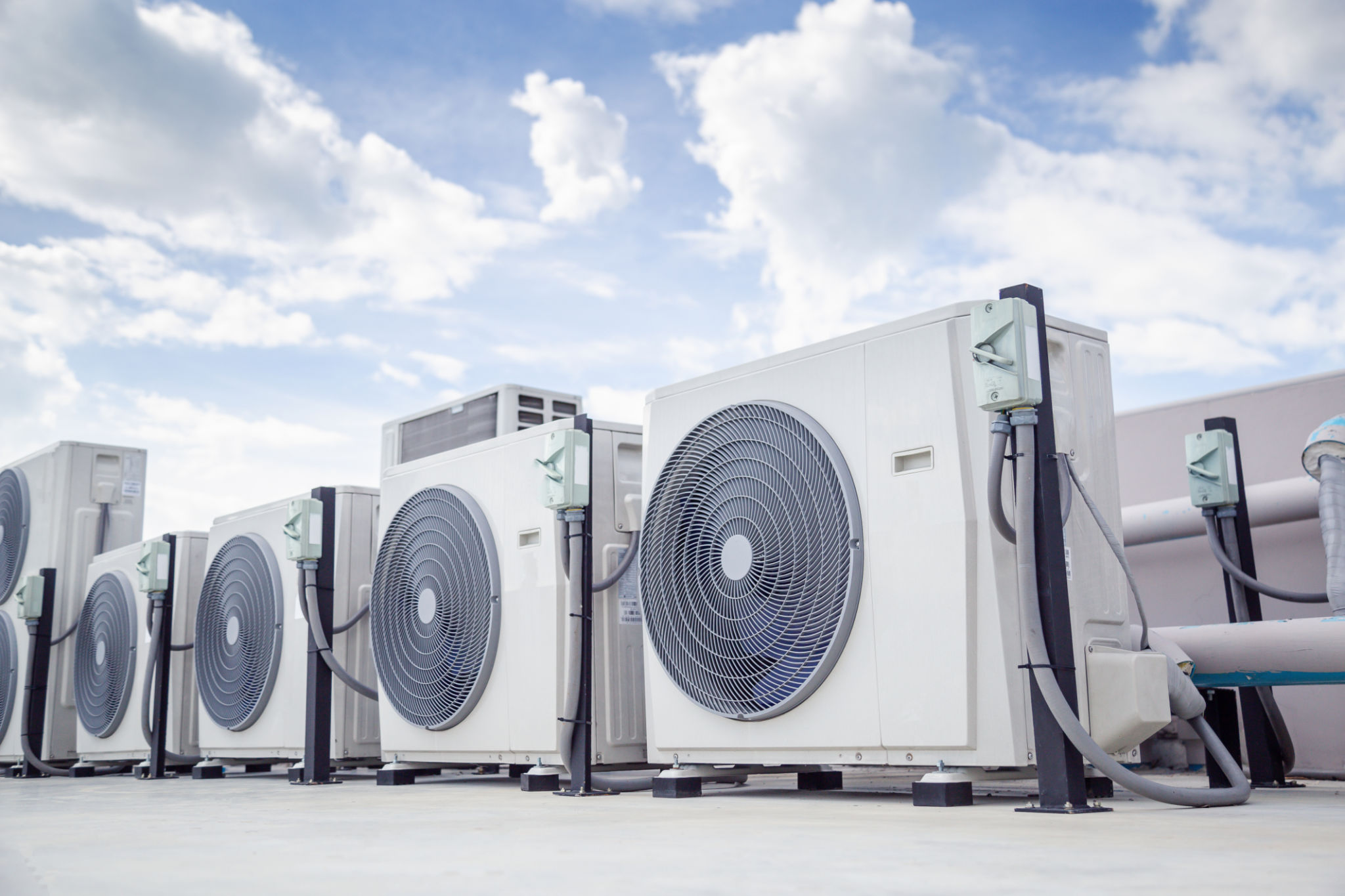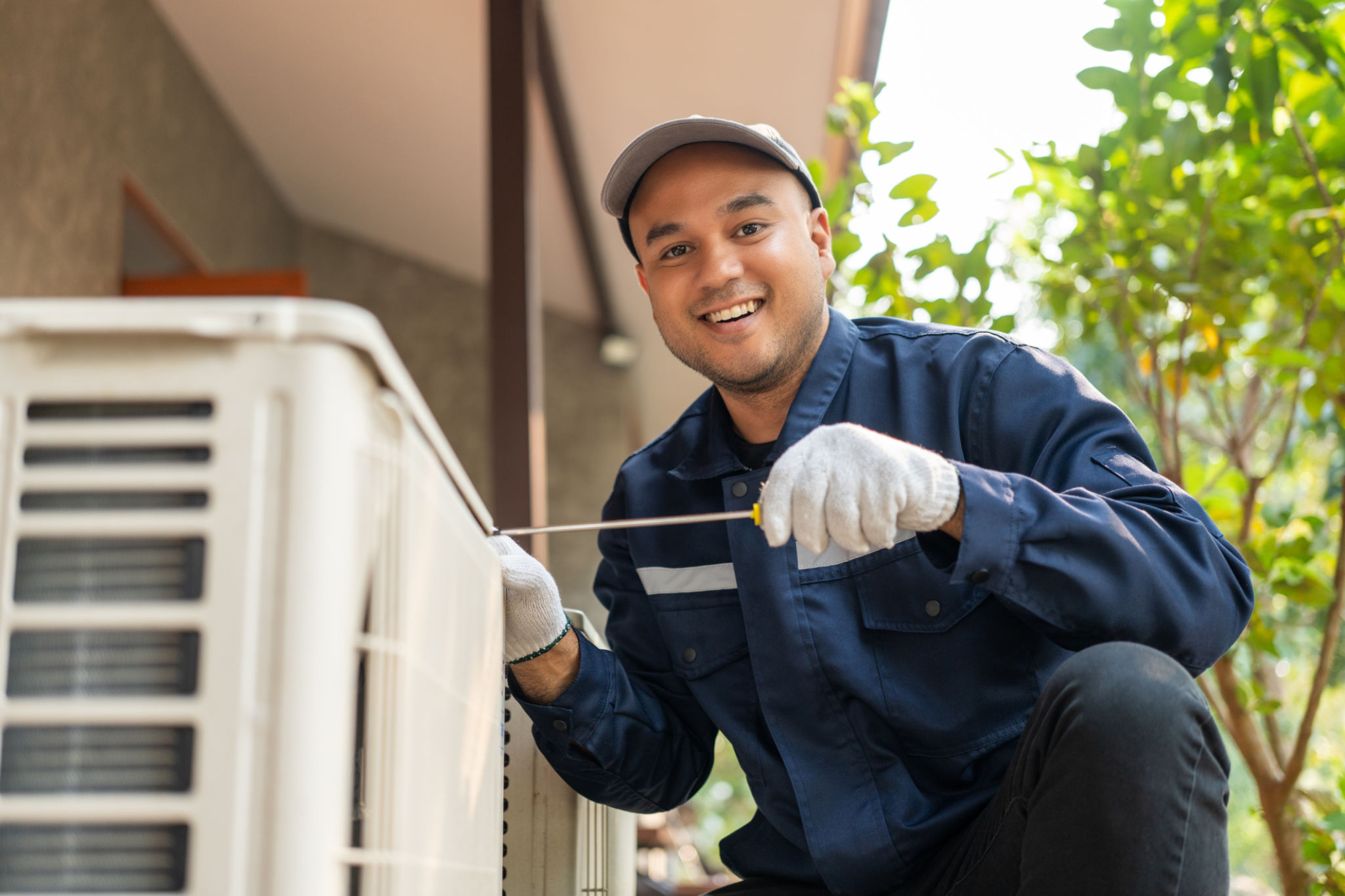DIY HVAC Troubleshooting: Quick Fixes Before Calling the Pros
Understanding Common HVAC Issues
Your HVAC system is a crucial component in maintaining a comfortable home environment. However, like any complex system, it can experience issues. Before you call in the professionals, there are some DIY troubleshooting steps you can take to potentially resolve the problem yourself.

Checking the Thermostat
Start by examining the thermostat settings. Ensure that it is set to the desired temperature and the correct mode (cooling or heating). Sometimes, the issue may simply be a result of incorrect programming or low battery power. Replace the batteries if necessary and make sure the thermostat is level, clean, and not exposed to direct sunlight.
Inspecting Air Filters
Clogged air filters are a common cause of HVAC inefficiencies. Dirty filters restrict airflow, forcing your system to work harder. Check your air filters monthly and replace them if dirty. This simple step can improve airflow and enhance system performance significantly.

Ensuring Adequate Power Supply
An often-overlooked aspect of HVAC troubleshooting is ensuring that your system has a reliable power supply. Check the circuit breakers and ensure that the HVAC system is turned on. Sometimes, a tripped breaker can be reset with a simple flip of a switch.
Examining Vents and Ducts
Blocked vents or ducts can impede airflow, making rooms feel uncomfortable. Walk around your home to ensure that all vents are open and unobstructed by furniture or drapes. Additionally, inspect ducts for any visible damage or disconnections that might require attention.

Tackling Unusual Noises
If your HVAC system is making strange noises, it could indicate a mechanical issue. Rattling might mean something is loose, while squealing could suggest a belt problem. Tightening screws or lubricating parts can sometimes resolve these noises, but if they persist, it might be time to call in a professional.
Addressing Uneven Cooling or Heating
Uneven temperatures in different rooms can be frustrating. This issue might be due to improperly balanced dampers in your ductwork. Adjusting these dampers can help distribute air more evenly throughout your home. A quick check of window and door seals can also prevent drafts that contribute to temperature inconsistencies.
When to Call the Professionals
While these DIY troubleshooting tips can resolve many common HVAC issues, there are times when professional intervention is necessary. If you notice refrigerant leaks, electrical issues, or persistent problems despite your efforts, it's best to call an HVAC technician to ensure your system is safe and operating efficiently.

By following these simple troubleshooting steps, you can potentially save on repair costs and ensure your HVAC system operates smoothly throughout the year. Remember, regular maintenance and prompt attention to small issues can prevent more significant problems down the line.
